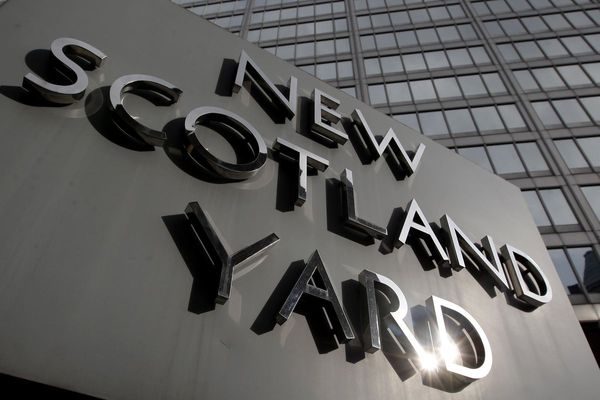
Regardless of how one feels about the Voice to Parliament referendum result, there’s some highly informative data emerging from it. If we’re serious about closing the gap, we must learn from this information and address the prevailing attitudes and beliefs that made this result inevitable.
On the quantitative side, it is abundantly clear that Indigenous people living in remote communities of the Northern Territory, South Australia, Western Australia and Queensland voted overwhelmingly for the Voice. My analysis of Australian Electoral Commission (AEC) data suggests that 35 of 39 mobile voting booths in these communities chose Yes, at an average margin of 70%. Heat maps of voting geographic patterns support this.

Those who claim that Aboriginal and Torres Strait Islander peoples did not want the Voice are simply wrong. To imply that they were influenced by AEC staff and election material is not only deluded but also highly patronising (the “tyranny of low expectations” indeed).
Looking at entire electorates paints a very different picture. Here, a higher Indigenous population is associated with a stronger No vote. This must not be interpreted as First Nations peoples voting No (which many have done). Consider this: an electorate with 20% Indigenous voters would be considered high (nationally the figure is 3.8%). Even with every Indigenous voter saying Yes, the result still fails if just 63% of non-Indigenous voters say No (as the nation did).
Looking at the results by polling booth (combined with the strong support for Yes in low-Indigenous city electorates), it’s pretty safe to surmise that non-Indigenous voters in regions with a high Indigenous population were more likely to vote No.
Putting it plainly, familiarity seems to breed contempt. But why? Here, the qualitative data can inform.
Kos Samaras (RedBridge Group Australia) and Shaun Ratcliff (Accent Research) have been releasing results of voter surveys taken just before the referendum. Various findings emerge: support was highest among Labor and Green voters, the young, and voters living in inner-metropolitan areas. A strong gradient along education level (towards Yes) and age (towards No) was evident.
But the most telling — and startling — was that 47% of voters surveyed do not think First Nations peoples face more discrimination than “white” Australians, with a quarter saying that it is in fact white people who face more discrimination. Of these, 80% voted No.
Given the appalling health and social outcomes of Indigenous peoples compared with non-Indigenous Australians, this figure is surprisingly high. But it is what it is, as they say. It may explain the higher No vote in electorates with higher First Nations populations (“Why do they get a Voice and we don’t?”) and is, in my opinion, the main reason why the nation voted No.
We can only speculate on why this attitude is so prevalent. But using the findings to bash people in outer metropolitan and regional electorates is counterproductive. (If anything, blame Australia’s two-tier education system, which seems to attract ongoing bipartisan support.)
We need to be honest and pragmatic. These are entrenched attitudes, unlikely to be the result of a highly negative, aggressive No campaign (which it was). Ceteris paribus, these beliefs were never going to be shifted by more information and communication by the Yes campaign, as some are suggesting.
Changing them is a generational project that straddles about half a dozen policy portfolios. But change them we must if reconciliation — and Closing the Gap — are to be realised some day.
If we are dinkum about improving the lives of Indigenous peoples, we must embark on this journey. Long-term political and policy strategies are needed to educate, inform and win the hearts and minds of white, middle Australia. It is the only thing that will make the goal of Closing the Gap possible.







